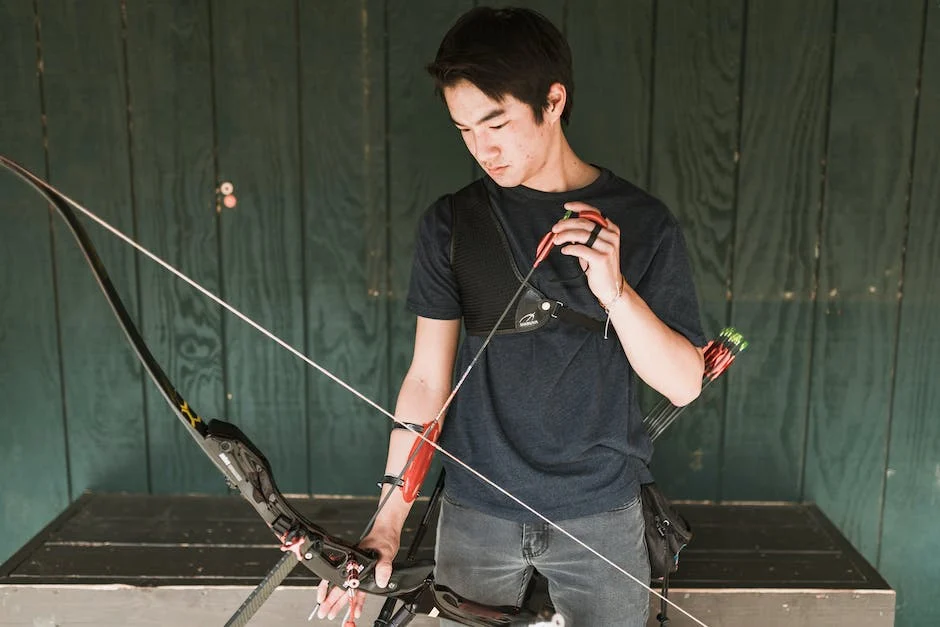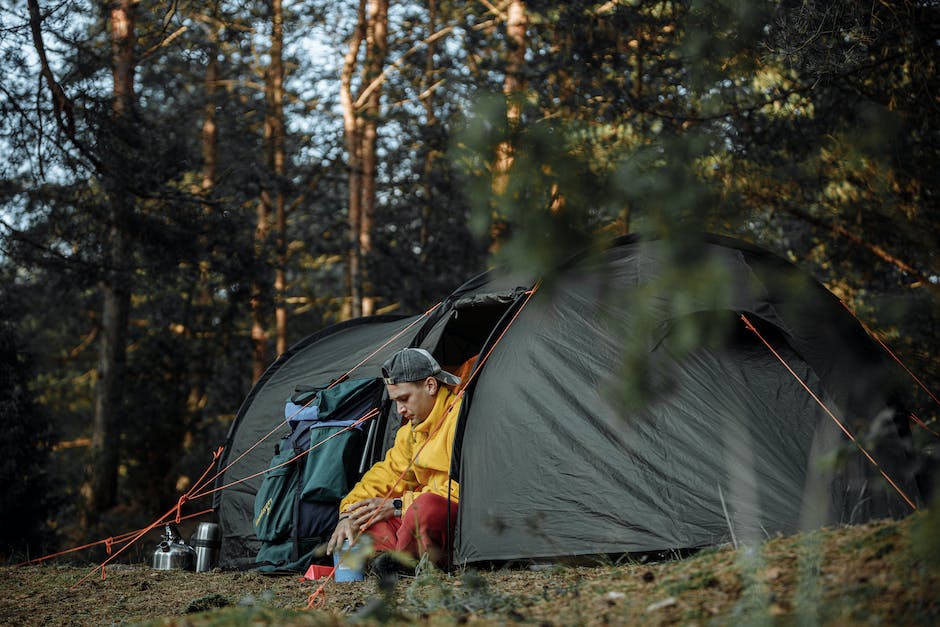A Beginner’s Guide to Archery: Getting Started with Bowhunting
What is archery and bowhunting?
Archery is the ancient practice of using a bow and arrow to shoot targets, while bowhunting is the use of archery equipment for hunting game. Both activities require skill, precision, and focus. Archery has been a part of human history for thousands of years and has evolved from a survival skill to a competitive sport and recreational activity. Bowhunting, on the other hand, combines the thrill of archery with the challenge of hunting, allowing individuals to connect with nature and experience the excitement of tracking and harvesting game. Whether you are interested in archery for sport or bowhunting for the thrill of the hunt, both activities offer a unique and rewarding experience that can be enjoyed by beginners and experienced archers alike.

The benefits of archery and bowhunting
Archery and bowhunting offer a multitude of benefits for beginners looking to explore a new hobby or sport. Not only does archery provide a great form of physical exercise, but it also helps improve focus, concentration, and hand-eye coordination. Bowhunting, in particular, allows individuals to connect with nature and experience the thrill of the hunt in a responsible and sustainable way. Additionally, participating in archery and bowhunting can foster a sense of discipline, patience, and self-confidence. Whether you are seeking a new challenge or a deeper connection with the outdoors, archery and bowhunting are fantastic pursuits that offer a range of rewarding benefits.
Choosing the right bow and arrows
Choosing the right bow and arrows is a fundamental step in getting started with bowhunting. The type of bow you choose will greatly impact your shooting experience and accuracy. Recurve bows are a popular choice for beginners due to their simplicity and versatility, while compound bows offer advanced features for more experienced hunters. When it comes to arrows, it’s important to consider factors such as weight, spine, and material. Carbon arrows are lightweight and durable, making them a top choice for most hunters. By understanding the different types of bows and arrows available, you can make an informed decision that suits your skill level and hunting needs.
Understanding the different types of bows
Understanding the different types of bows is a fundamental step in getting started with bowhunting. There are three main types of bows: recurve bows, compound bows, and traditional longbows. Each type has its own unique characteristics and advantages. Recurve bows are known for their simplicity and elegance, making them a popular choice for beginners. Compound bows, on the other hand, utilize a system of pulleys and cables to generate more power and accuracy. Traditional longbows offer a nostalgic appeal and require more skill and strength to use effectively. By familiarizing yourself with these different types of bows, you can make an informed decision and choose the one that best suits your needs and preferences as a beginner bowhunter.
Proper archery shooting techniques
Proper archery shooting techniques are essential for beginners looking to get started with bowhunting. It is crucial to develop a solid foundation in form and posture to ensure accurate and consistent shots. This includes mastering the proper grip, stance, and anchor points, as well as understanding the importance of follow-through and release. By focusing on these fundamental techniques, beginners can improve their accuracy and increase their chances of a successful bowhunting experience. With practice and patience, mastering these techniques will become second nature, allowing beginners to fully enjoy the art of archery and the thrill of bowhunting.
Essential archery equipment and gear
Having the right archery equipment and gear is essential for anyone looking to get started with bowhunting. While a bow and arrows are the obvious necessities, there are a few other items that are just as important. A quality bow release aids in accuracy and consistency, while a well-fitted arm guard protects your forearm from string slap. A quiver keeps your arrows within easy reach, and a bow sight helps with aiming. Additionally, a good pair of archery gloves or finger tabs can prevent blisters and provide a better grip. Investing in the right equipment and gear from the beginning will set you up for success and make your bowhunting experience more enjoyable.
Safety precautions and rules for bowhunting
Safety precautions and rules are of utmost importance when it comes to bowhunting. As a beginner, it is crucial to understand and follow these guidelines to ensure your safety and the safety of others around you. Always remember to wear proper protective gear, such as a helmet, gloves, and arm guards, to prevent any potential injuries. Additionally, familiarize yourself with the hunting regulations and laws in your area, including obtaining the necessary permits and licenses. It is also essential to practice proper shooting techniques and maintain a safe distance from others while hunting. By prioritizing safety and adhering to these precautions and rules, you can enjoy the thrilling experience of bowhunting while minimizing any potential risks.
Finding a suitable practice range or archery club
Finding a suitable practice range or archery club is a crucial step in getting started with bowhunting. These places provide a safe and controlled environment for beginners to learn and practice their archery skills. Practice ranges offer various targets and distances, allowing archers to improve their accuracy and precision. Archery clubs, on the other hand, provide a supportive community of experienced archers who can offer guidance and mentorship to beginners. Additionally, joining a club can provide access to equipment rentals and organized events, further enhancing the learning experience. Whether you choose a practice range or an archery club, these resources will help you develop the skills and confidence necessary for successful bowhunting adventures.
Tips for improving accuracy and precision
Improving accuracy and precision in archery is vital for successful bowhunting. One crucial tip is to focus on your form and stance. Maintaining a consistent and stable posture allows for better control and aim. Additionally, proper grip and hand placement on the bow are essential in achieving consistent shots. Another tip is to practice regularly and develop muscle memory. By consistently shooting arrows, you can train your muscles to execute the same motion repeatedly, leading to improved accuracy. Finally, paying attention to your aiming technique, such as using a sight or focusing on a specific target point, can greatly enhance precision. With dedication and these tips in mind, beginners can gradually enhance their archery skills and become more accurate and precise bowhunters.
Conclusion and next steps in your archery journey
Congratulations on completing your beginner’s guide to archery! You have learned the fundamentals of bowhunting and are now ready to take your skills to the next level. But before you embark on your next steps, it’s important to reflect on your journey and the progress you’ve made. Take some time to assess your strengths and weaknesses, and identify areas where you can improve. Whether it’s refining your shooting technique, increasing your accuracy, or expanding your knowledge of different hunting techniques, there is always room for growth in the world of archery. Remember to stay dedicated, practice regularly, and seek guidance from experienced archers. With determination and patience, you will continue to evolve as an archer and find success in your bowhunting endeavors.




